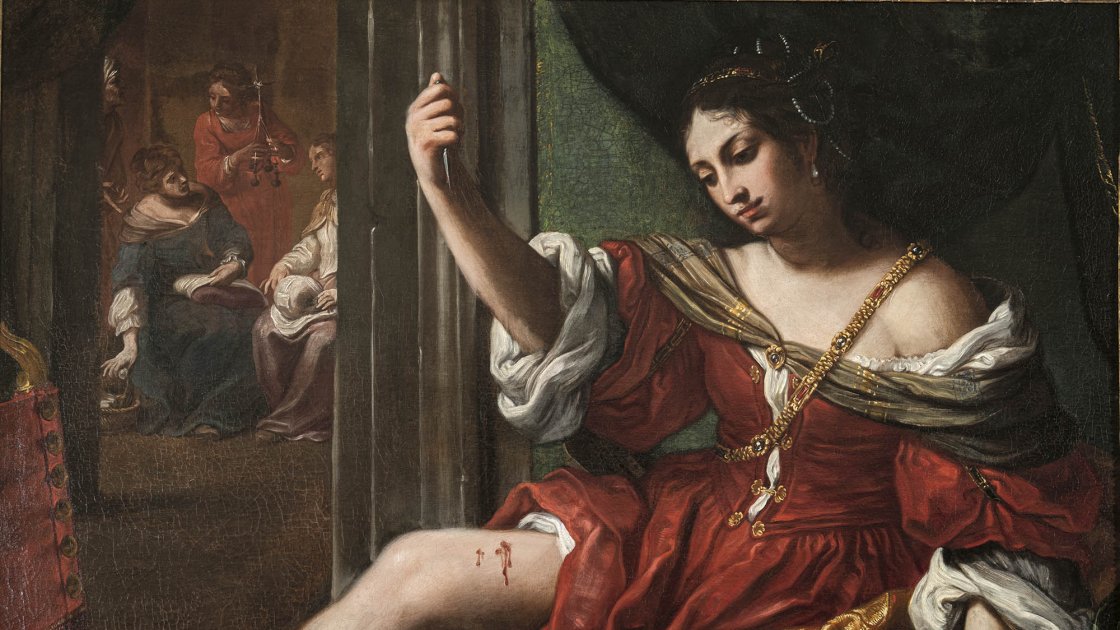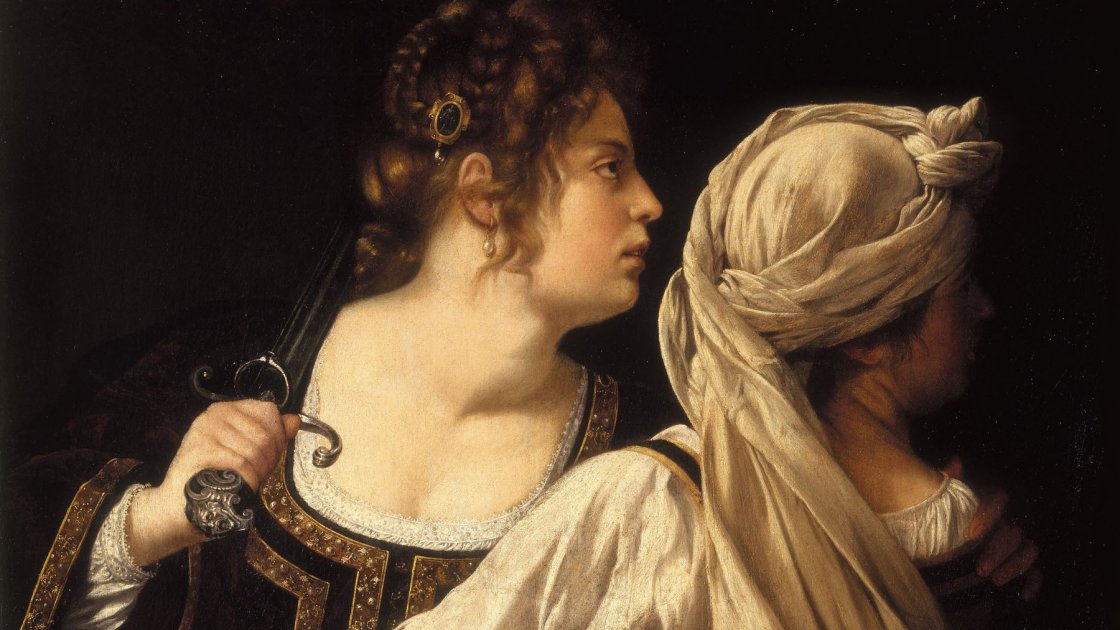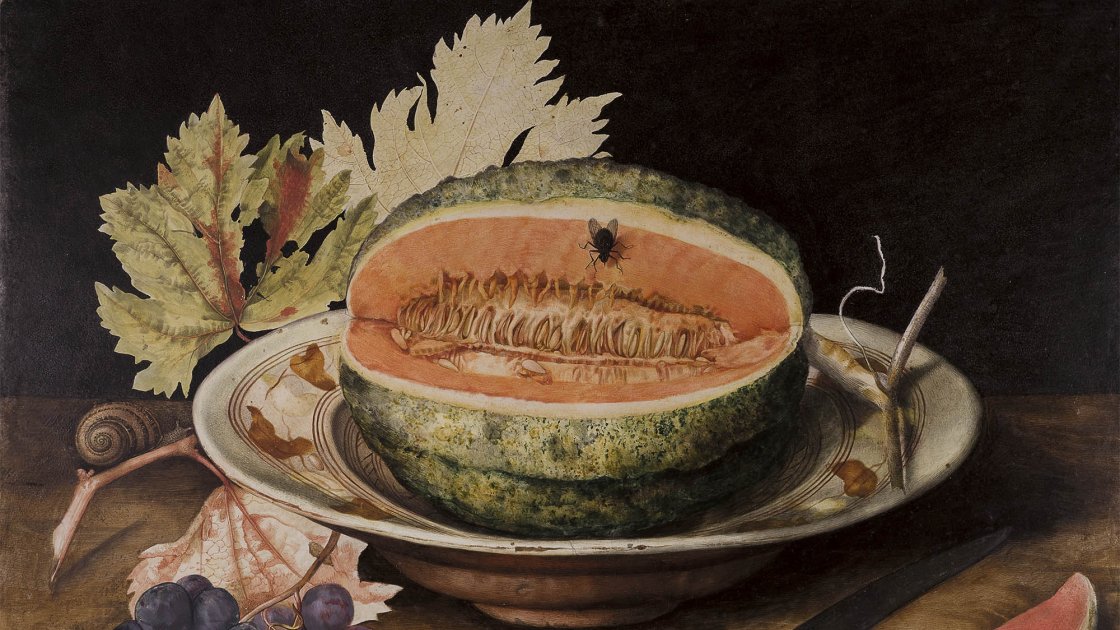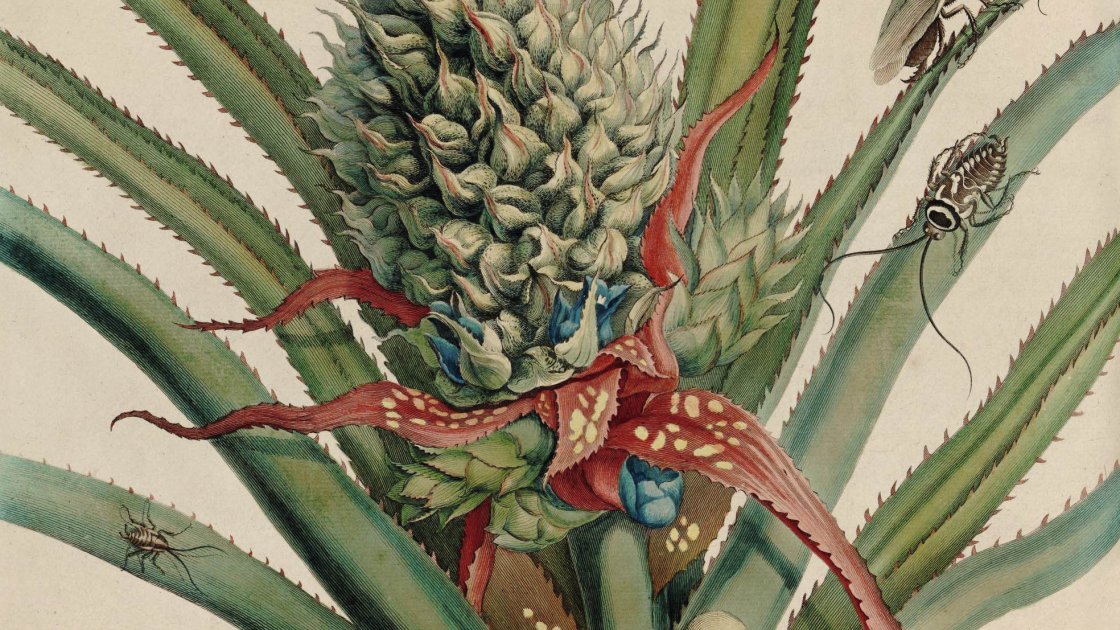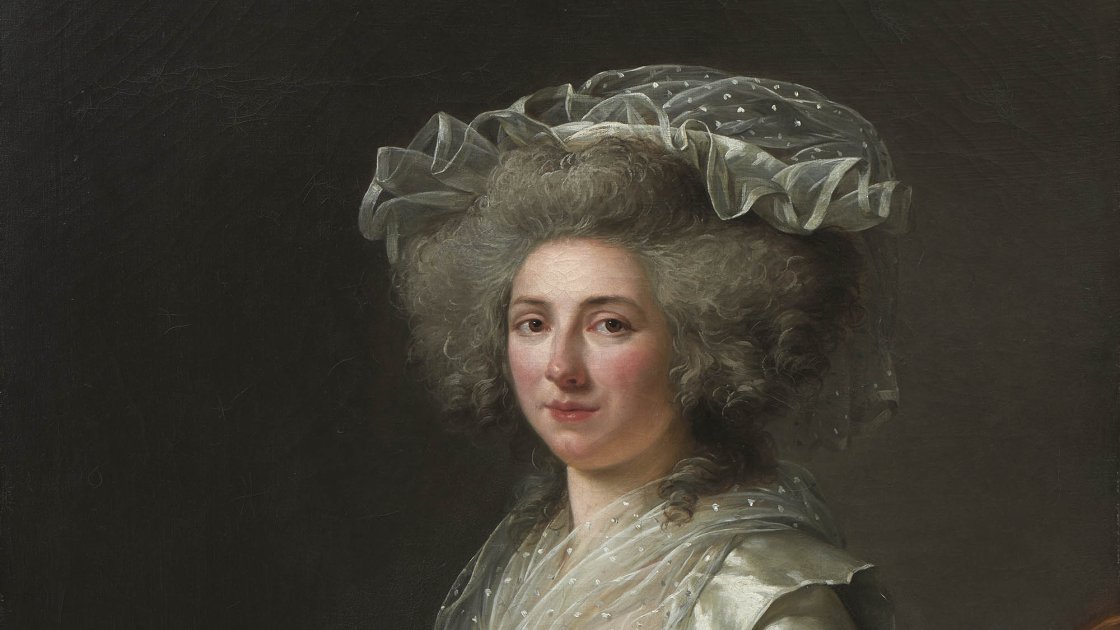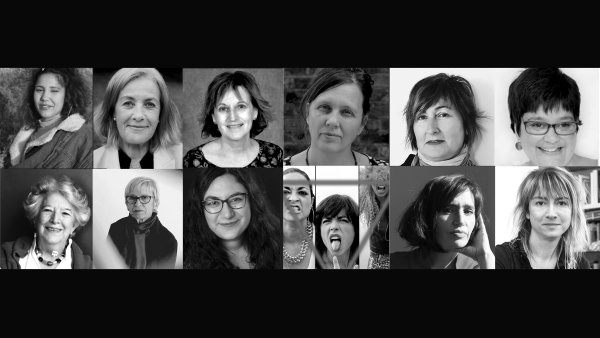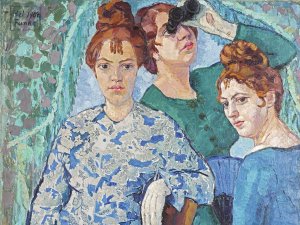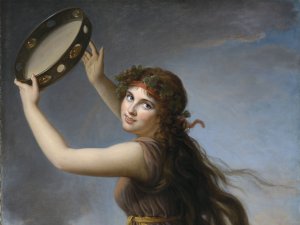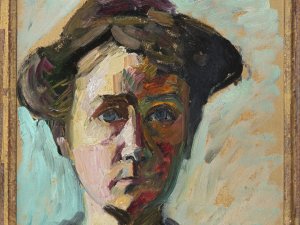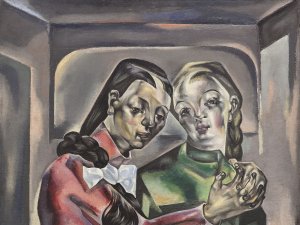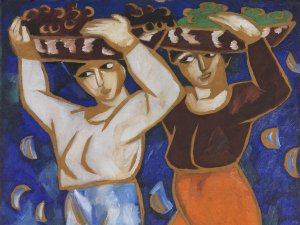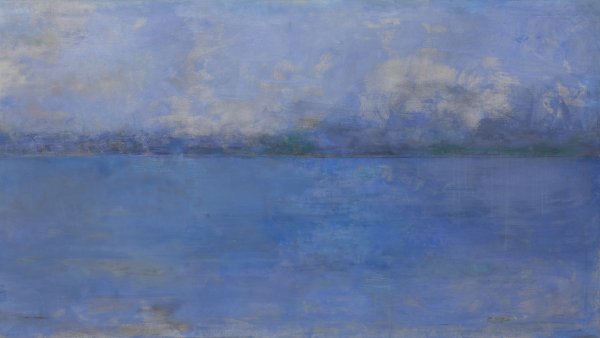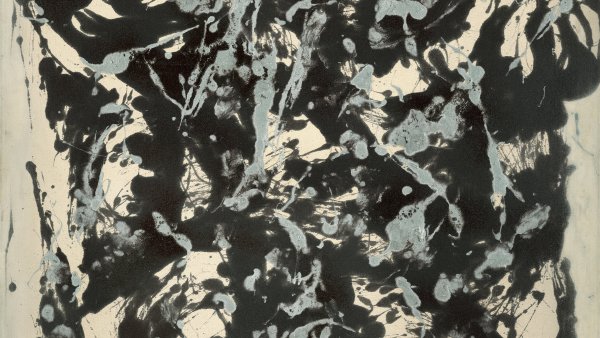Women Masters
Artemisia Gentileschi, Angelica Kauffmann, Clara Peeters, Rosa Bonheur, Mary Cassatt, Berthe Morisot, María Blanchard, Natalia Goncharova, Sonia Delaunay and Maruja Mallo were celebrated artists in their lifetimes who are now enjoying renewed recognition in response to their erasure from the art-historical account alongside others who broke moulds with creations of undoubted excellence.
Featuring nearly 100 works, including paintings, sculptures, works on paper and textiles, the exhibition is curated from a feminist viewpoint by Rocío de la Villa. It presents a survey from the late 16th century to the early decades of the 20th century through eight contexts important within women’s path towards emancipation. Starting from the contemporary notion of sisterhood, it focuses on groups of female artists, patrons and gallerists who shared values as well as favourable socio-cultural and theoretical conditions despite the patriarchal system. Employing a structure principally based on the conjunction of historical periods, artistic genres and themes, the exhibition reveals how these artists approached important issues of their day, established their positions and contributed new iconographies and alternative gazes.
The exhibition is divided into eight sections:
SISTERHOOD I. THE CAUSA DELLE DONNE. At the height of the Counter-Reformation in 17th century Italy, female authors such as Modesta dal Pozzo (The Merits of Women) and Arcangela Tarabotti (Paternal Tyranny) contributed to the debate on women. Meanwhile their sister artists, backed by women patrons, depicted mythological characters, biblical heroines and historical figures such as Judith, Jael, Susannah and Portia in their history paintings. Through their works they drew attention to the silence and exclusion imposed by the patriarchal discourse, which degraded these heroines in distorted accounts and offensive erotic paintings. Lavinia Fontana and Fede Galizia, Artemisia Gentileschi, and Elisabetta Sirani make up three generation of women artists who earned success with their chaste versions, establishing an alternative tradition.
BOTANISTS, WELL-VERSED IN WONDERS. The age of rationalism witnessed a split between man and nature following the scientific revolution and the beginning of colonialism. This period ushered in a period of artistic splendour for the women pioneers of still-life painting and botanical illustration, who were backed by female patrons. It occurred precisely at a time when women began to be expelled from the realm of ancestral knowledge of plants and their benefits, when they were persecuted for alleged witchcraft.
These women painters and illustrators such as Fede Galizia and Giovanna Garzoni in Italy and sisters Rachel and Anna Ruysch in Holland trained with scientists who were starting to use microscopes. Also interested in entomology, they found life fascinating on any scale and depicted it holistically, as an ecosystem inhabited by butterflies, flies and other small creatures, shunning the religious symbolism of still life as vanitas (a reminder of the transience of life).
The foremost botanical artists, Maria Moninckx, Maria Sibylla Merian and her daughter Johanna Helena Herolt, frequented the garden owned by patron Agnes Block at Vijverhof, southwest of Amsterdam.
ENLIGHTENED WOMEN AND ACADEMICIANS. The Enlightenment was women’s period of awakening as citizens in feminist history. Even before the fall of absolutism in France, queens, noblewomen and salonnières supported female artists, promoting their membership of the academies.
Painters like Élisabeth Vigée-Le Brun, Adélaïde Labille-Guiard and Angelica Kauffmann and sculptors such as Marie-Anne Collot and Anne Seymour Damer excelled in portraiture. This genre was an expression of the affirmation of the subject and individuality at the origin of the modern period.
They all painted cultivated women who sought their identity in staged settings such as the archaeological ruins at the foot of Vesuvius in Lady Hamilton’s portrait.
ORIENTALISM/GENRE PAINTING. At the height of the colonial period women artists travelled and observed non-Western people respectfully – unlike their male Orientalist colleagues who subjected their models to a degrading sexualisation.
On the way to northern Africa, they were particularly fascinated by the exoticism of Spanish culture. As a result of Rosa Bonheur’s scenes of crossing the Pyrenees, shepherds, gypsy women and peasants – common subjects in Spanish genre painting – were reinterpreted from an Orientalist perspective in Paris.
But unlike male artists, women painters such as Henriette Browne and Alejandrina Gessler were allowed inside harems. They exploded the erotic clichés established at the Paris salons.
WORKERS, CARERS. In contrast to the iconic peasant women and solitary ironers depicted by male painters, during the 1800s female artists showed groups of women labouring in the countryside – for example Alice Havers and Eloísa Garnelo – or at work in the city, like Marie Petiet’s Laundresses.
When these artists fought for a place in the art system, their repertoire spanned from Lluïsa Vidal’s housewives and Henriette Browne’s nuns caring for the sick to scenes where women perform a variety of jobs, such as Victoria Malinowska’s fisherwomen.
Women demanded spaces of their own in the modern city, even as department store customers like those in Elizabeth Sparhawk- Jones’s paintings.
NEW PORTRAYALS OF MOTHERHOOD. Motherhood is one of the oldest themes in art history. The archetype of women as ‘angels in the house’ emerged in the 1800s to hinder their emancipation. Female painters and sculptors of different generations, civil statuses and artistic styles expressed their opposition, innovating and subverting the old models.
In contrast to the mystification of motherhood and mothers’ self-sacrificing love for their sons, painters Mary Cassatt, Elizabeth Nourse, Paula Modersohn-Becker and Tamara de Lempicka created new iconographies that show babies’ total dependence from a tender approach. But the tedium of childcare and the burden of housework – that is, the mental and material hardship of raising children – are portrayed by Suzanne Valadon, Finnish painters Helene Schjerfbeck and Elin Danielson-Gambogi, Danish artist Anna Ancher, and Sevillian María Luisa Puiggener.
The mother is even depicted as an animal-like protector connected with Mother Earth in Käthe Kollwitz’s splendid sculpture Mother with Two children.
SISTERHOOD II. RAPPORT. What do they think about? What do they talk about? What is it that young bourgeois women share when they are together?
Impressionists Berthe Morisot, Marie Bracquemond, Louise Breslau and Cecilia Beaux created new iconographies of the rapport, confidences and friendships between women, which are expressed from a melancholic perspective by Symbolist sculptor Marie Cazin. In this private world away from the male gaze a desire for freedom was brewing.
EMANCIPATED WOMEN. In the 20th century, as women’s suffrage progressed in Western countries, female avant-garde artists established networks and continued to show their sisterhood using new artistic languages. In the Theatre Box by Helene Funke, which includes a nod to Mary Cassatt, is a statement of awareness of a female artistic tradition. This tradition is continued in the versions of sisterhood portrayed by Jacqueline Marval, Camille Claudel, Marie Laurencin, María Blanchard and Natalia Goncharova.
Modern artists Sonia Delaunay and Alice Bailly, among others, proposed a new conception of art in textile and fashion paintings and its incorporation into daily life.
And popular scenes like Maruja Mallo’s Fair reflect women citizens’ joy at conquering public space.
Women Masters is the first major exhibition to reflect the process of feminist rethinking on which the Museo Thyssen has been engaged over the past few years. It benefits from the collaboration of the Comunidad de Madrid and is sponsored by Carolina Herrera. After its presentation in Madrid, a reduced version of the exhibition can be seen at the Arp Museum Bahnhof Rolandseck in Remagen (Germany).
Organised by the Thyssen-Bornemisza National Museum in Madrid, in collaboration with the Arp Museum Bahnhof Rolandseck.


